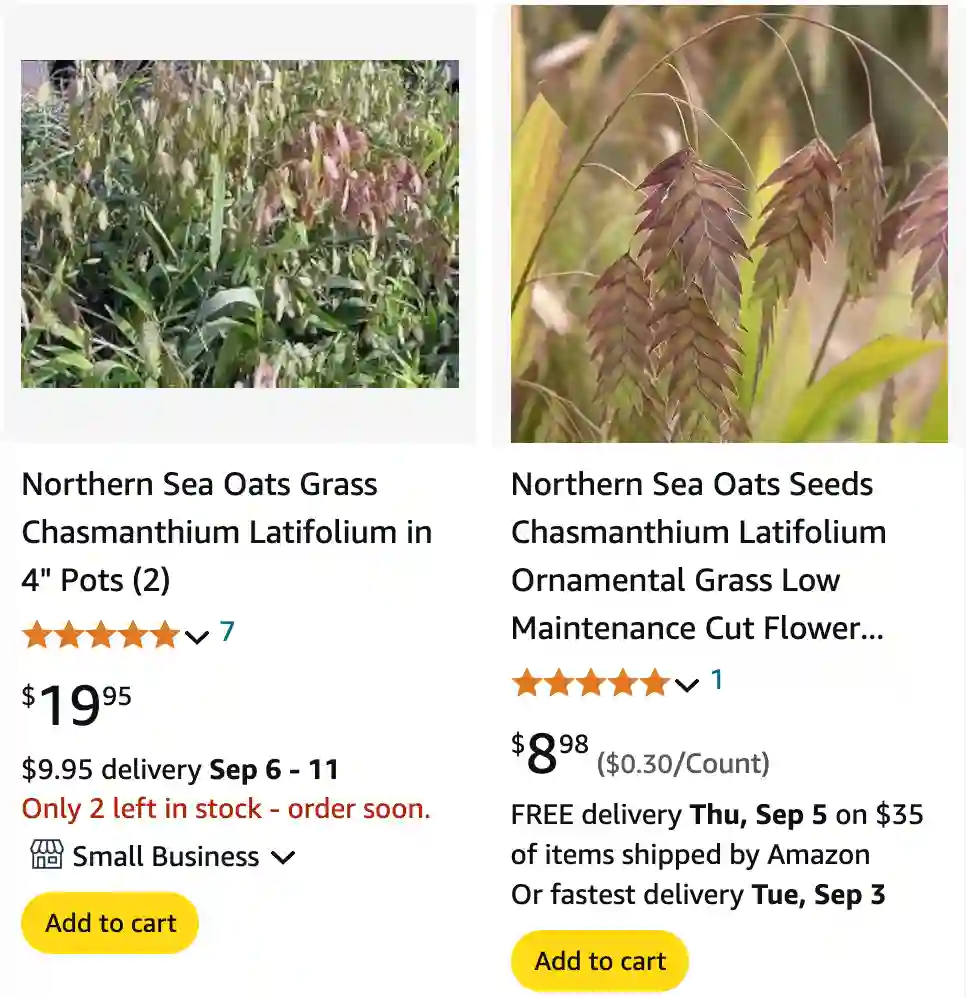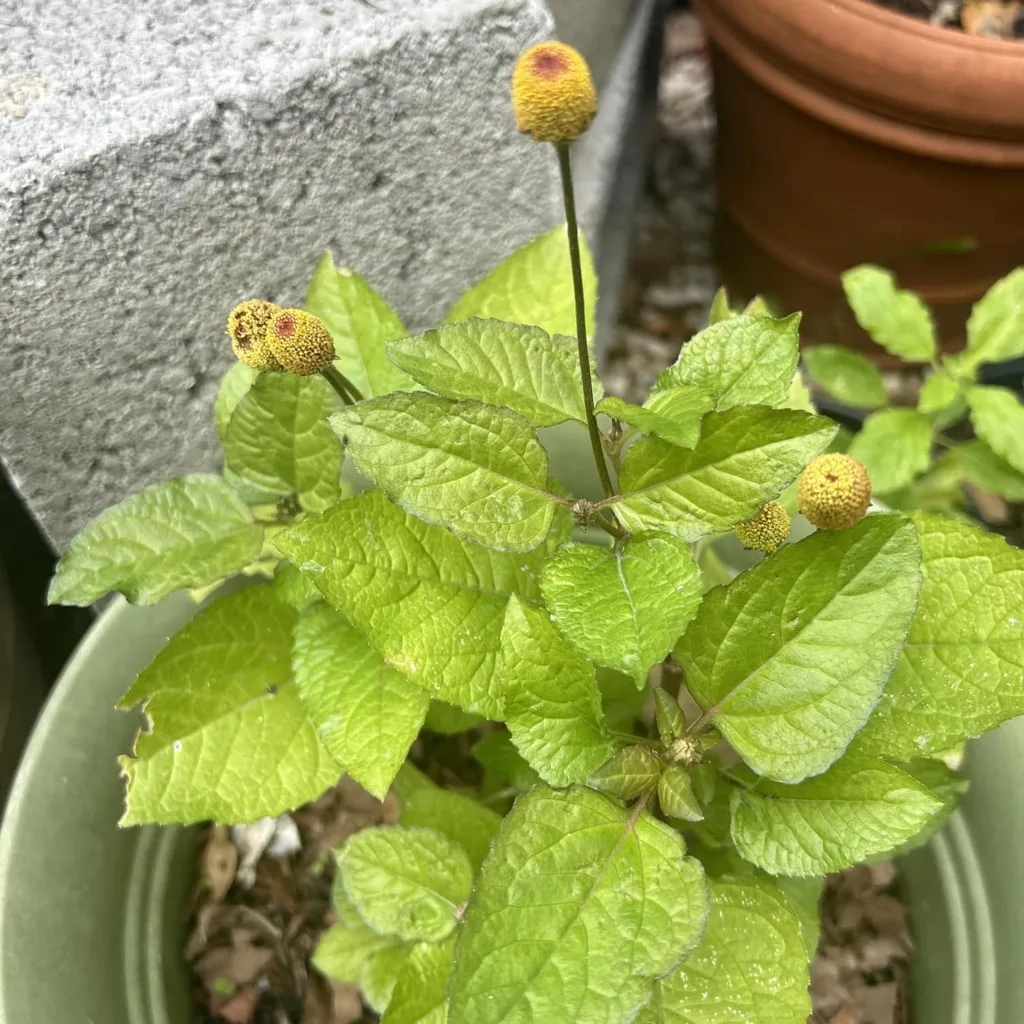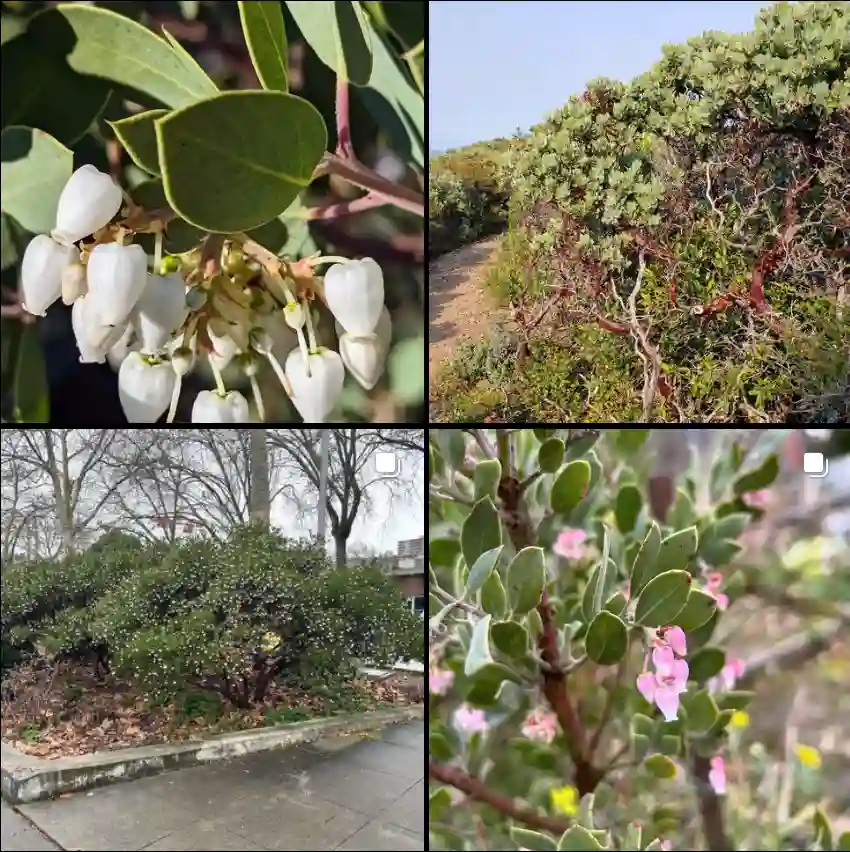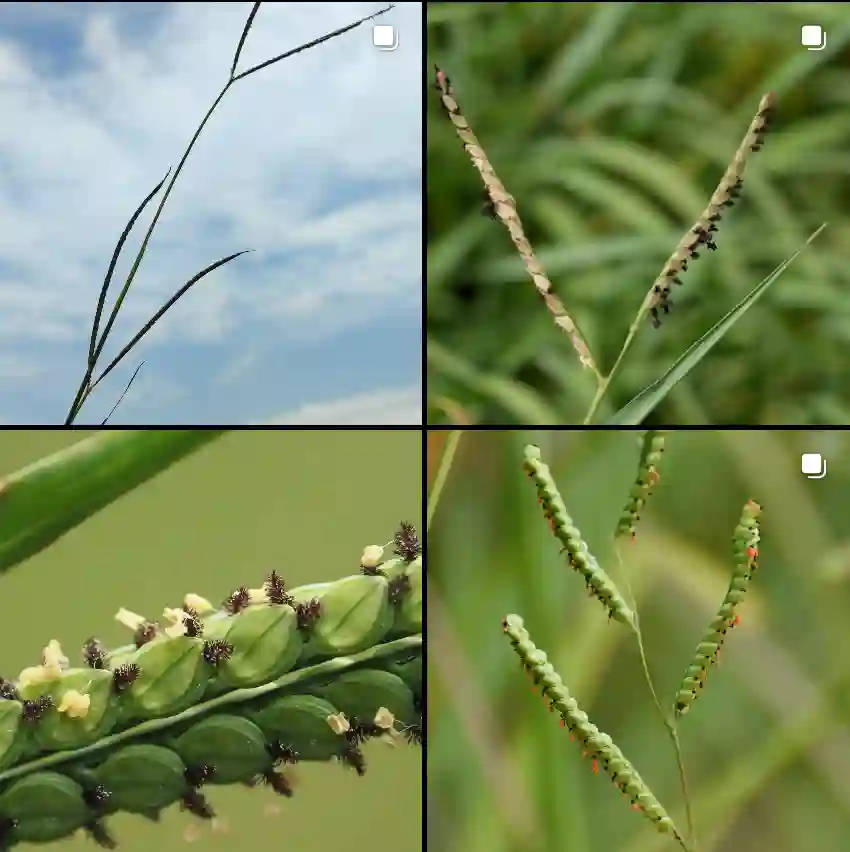
Frequently Asked Questions About Chasmanthium Latifolium
Chasmanthium Latifolium, commonly known as Northern Sea Oats or Inland Sea Oats, is a beautiful ornamental grass that I’ve grown fond of over the years. Its graceful arching stems and distinctive flat, oat-like seed heads make it a standout in any garden. Whether you’re new to gardening or an experienced green thumb, you may have some questions about this versatile plant. Here are some of the most frequently asked questions about Chasmanthium Latifolium.
5 Species in Genus Chasmanthium
What Is Chasmanthium Latifolium?
Chasmanthium Latifolium, also known as Northern Sea Oats or Inland Sea Oats, is a perennial grass native to North America. It’s known for its unique seed heads that resemble oats, which sway elegantly in the breeze. This plant is popular for its ornamental value and is commonly used in landscaping for its aesthetic appeal and durability.
How Tall Does Inland Sea Oats Chasmanthium Latifolium Grow?
Inland Sea Oats typically grow to a height of 2 to 5 feet, depending on the growing conditions. The arching stems and drooping seed heads can add a lot of visual interest to your garden. When fully grown, the plant forms a clump of upright stems, with the seed heads providing additional height and texture.
How to Plant Seeds of Northern Sea Oats Chasmanthium Latifolium?
Planting Northern Sea Oats seeds is relatively straightforward. Here’s a step-by-step guide based on my experience:
- Choose the Right Location: Select a spot that receives partial shade to full shade. Chasmanthium Latifolium can tolerate a range of light conditions but thrives best in dappled light.
- Prepare the Soil: This plant prefers well-drained soil with a good amount of organic matter. Loosen the soil and remove any weeds or debris.
- Sow the Seeds: Sprinkle the seeds over the soil surface and lightly cover them with a thin layer of soil or compost. The seeds need light to germinate, so don’t bury them too deep.
- Water: Keep the soil consistently moist until the seeds germinate. Water gently to avoid washing away the seeds.
- Patience is Key: Seeds typically take about 2 to 4 weeks to germinate, depending on the temperature and moisture levels.
When to Plant Chasmanthium Latifolium?
The best time to plant Chasmanthium Latifolium is in the spring or early fall. Planting in the spring allows the grass to establish itself before the hot summer months, while fall planting gives it a chance to develop roots before winter. Avoid planting in the peak of summer when the heat can stress young plants.
Can You Eat Chasmanthium Latifolium?
Chasmanthium Latifolium is not known to be edible. While it is a beautiful ornamental plant, there is no record of it being used as a food source. It’s best to enjoy this plant for its aesthetic qualities rather than its culinary potential.
How to Care for Chasmanthium Latifolium?
Caring for Chasmanthium Latifolium is quite simple. Here are some tips to keep your plants healthy:
- Watering: This plant is drought-tolerant once established, but it benefits from regular watering, especially during dry spells.
- Fertilizing: Chasmanthium Latifolium doesn’t require heavy feeding. A light application of a balanced fertilizer in the spring can help promote healthy growth.
- Pruning: Cut back the stems to the ground in late winter or early spring to make way for new growth.
- Mulching: Apply a layer of mulch around the base to help retain moisture and suppress weeds.
Can You Grow Chasmanthium Latifolium Indoors?
While it’s possible to grow Chasmanthium Latifolium indoors, it’s not commonly done. This plant prefers outdoor conditions where it can sway in the breeze and receive natural light. If you decide to try growing it indoors, ensure it gets plenty of light and has enough space to accommodate its height.
Is Chasmanthium Latifolium Toxic?
Chasmanthium Latifolium is not known to be toxic to humans or pets. However, as with any plant, it’s always a good idea to keep it out of reach of pets and children, especially if you’re not certain of their reaction to it.
How to Propagate Chasmanthium Latifolium?
Propagating Chasmanthium Latifolium is relatively easy. The plant can be propagated by seed or by division:
- By Seed: Collect seeds in the fall when the seed heads turn brown and start to dry. Store them in a cool, dry place until you’re ready to plant.
- By Division: Divide mature clumps in early spring or fall. Dig up the clump, separate it into smaller sections, and replant.
What to Plant with Chasmanthium Latifolium?
Chasmanthium Latifolium pairs well with other shade-loving plants. Consider planting it with hostas, ferns, and heucheras for a lush, layered look. Its tall, arching stems provide a nice contrast to the broad leaves of hostas and the delicate fronds of ferns.
Common Problems with Chasmanthium Latifolium
Chasmanthium Latifolium is generally a hardy plant with few problems. However, watch out for:
- Leaf Spot: This fungal disease can cause brown spots on the leaves. Ensure good air circulation and avoid overhead watering to reduce the risk.
- Overseeding: This plant can self-seed prolifically. To prevent it from taking over, remove seed heads before they disperse seeds.
Benefits of Growing Chasmanthium Latifolium
One of the main benefits of Chasmanthium Latifolium is its ornamental value. The plant adds texture, movement, and interest to garden landscapes. It’s also a low-maintenance plant that can thrive in various conditions, making it an excellent choice for beginner gardeners. Additionally, the seed heads can be used in dried flower arrangements, adding a natural element to indoor decor.
Comparing Chasmanthium Latifolium to Similar Plants
Chasmanthium Latifolium is sometimes confused with other ornamental grasses, such as Miscanthus and Pennisetum. However, its distinctive oat-like seed heads and preference for shady areas set it apart. Unlike Miscanthus, which prefers full sun, Chasmanthium Latifolium thrives in shade and can handle wetter soils better than many other ornamental grasses.
Chasmanthium Latifolium is a versatile and attractive plant that can enhance any garden space. Whether you’re growing it for its ornamental appeal or to add texture to a shaded area, it’s a reliable and easy-to-care-for choice.
If i die, water my plants!



